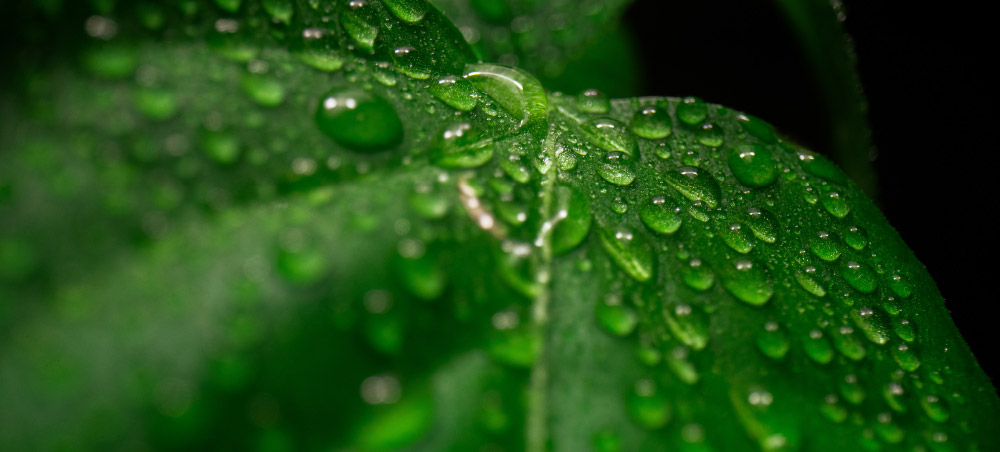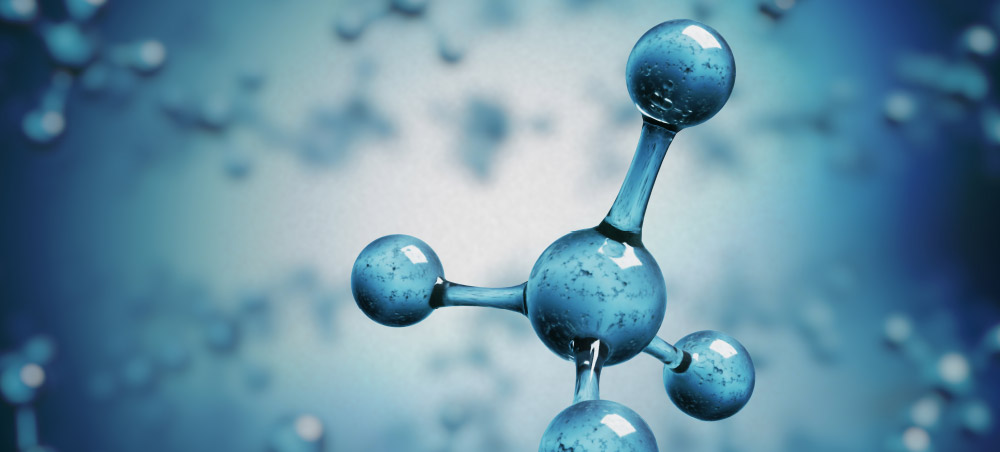Sources of hydrogen
Kaleidoscope of hydrogen
Whilst hydrogen is one of the most abundant elements on earth, it is rarely found in a pure form needed for fuel cells. It’s always found as part of other compounds, such as water, methanol, natural gas and ammonia. From what compound the hydrogen is extracted from can determine how sustainable it is. Not all of these are zero carbon emitting yet, they come in shades of green today, and a few other colours too.
Green hydrogen
This is the most sustainable method as involves no carbon dioxide emissions at all. It uses the electrolysis of water powered by renewable energy, such as wind or solar.
Blue hydrogen
This is produced from natural gas, via a process called steam reforming producing water and carbon dioxide. For it to be called blue hydrogen, the carbon dioxide produced needs to be trapped and stored, via a process called Carbon Capture and Storage (CCS).
Purple or Pink Hydrogen
This is hydrogen produced from electrolysis powered by nuclear energy.
Grey, Brown or Black Hydrogen
Produced from natural gas or methane, via a process powered by fossil fuels. The carbon dioxide made in the process is emitted into the atmosphere.
E-fuels
E-fuel is a term used to describe fuels developed in a net zero way.
Green hydrogen is sometimes referred to as e-hydrogen if produced from renewably powered electrolysis. There’s a growing industry of e-fuel production, including e-methane, e-methanol and e-ammonia. These sustainable e-fuels, hydrogen carrier fuels if you like, can be a source of green or blue hydrogen close to the point of use. Technology is available to convert these e-fuels back to hydrogen, known as a methanol reformer or ammonia cracker.

Converting carrier fuels
• Ammonia NH3 • Methanol CH3OH
Hydrogen carrier fuels are available today in many shades of green. They include ammonia NH3 and methanol CH3OH.
They are three to four times more energy dense than pure gaseous hydrogen, meaning they hold more potential power per volume, often making them better suited for transportation and storage. Supported by the fertiliser industry ammonia is the second most widespread chemical available across the world – but today e-ammonia makes up a small fraction of this. The price, availability and greenness of carrier fuels varies by country and will vary overtime. As the hydrogen economy develops, a flexible approach to sourcing hydrogen will offer a cost advantage.

Transportation
Hydrogen can be stored and transported compressed as a gas at 200, 350 or 700 bar, or as a liquid stored at cryogenic temperatures.
Hydrogen needs to be transported and stored under pressure or very cold to lower its volume. But the energy and cost required to pressurise or to liquify may not be effective at very large scale. Hydrogen carrier fuels have an advantage because of the simpler transportation and storage. All that’s required is the technology to convert the carrier fuel into pure hydrogen, and that can be done as the fuel cell requires it close to the point of use.
Central or distributed
Across the world more investment is going into hydrogen production.
These are either centralised production facilities or distributed smaller scale production plants. How close hydrogen production is to its end use influences its total cost. This is due to the cost of hydrogen transportation and storage. A solution to this is to use hydrogen carrier fuels, that are cheaper and easier to transport and store than pure hydrogen.
The majority of hydrogen today comes from central large-scale steam methane reforming. But that is changing as more green hydrogen comes online and the use of hydrogen carrier fuels becomes a bigger part of the value chain in moving energy around the world.
